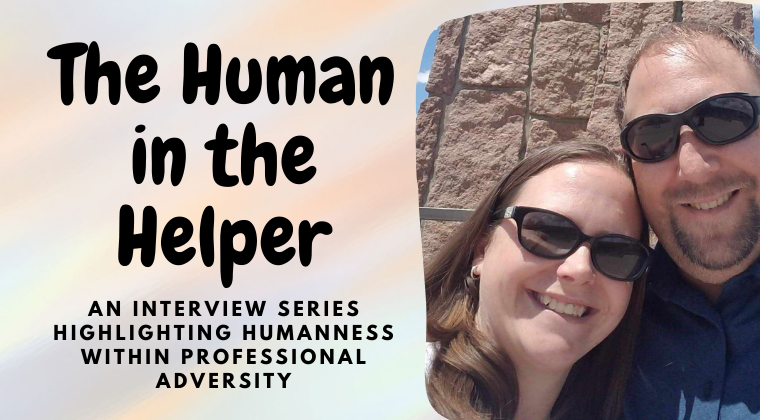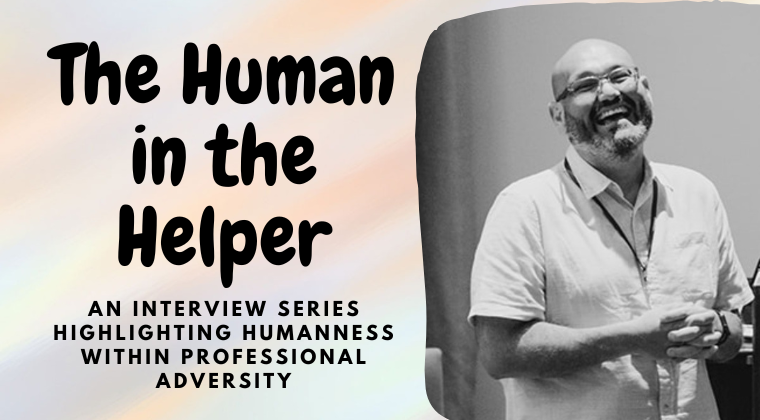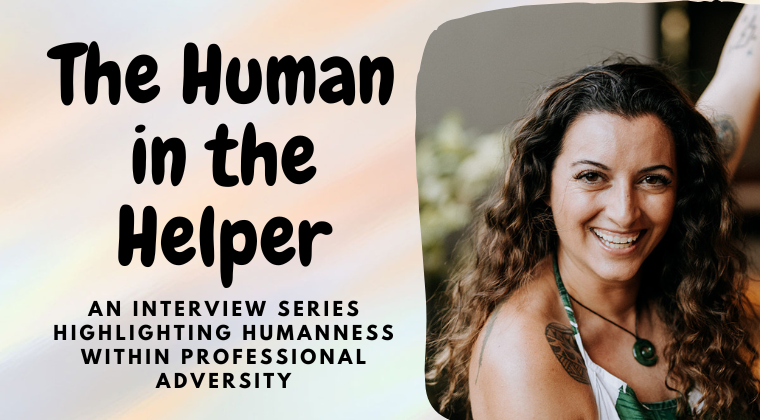Jenny knows what it’s like to juggle many roles. At one point in the pandemic, she was running a small private practice, a second business of an online community, and working a full time job with a toddler at home. When her second child arrived, she was grateful for family to be present immediately after her son’s birth, an experience she didn’t get with her daughter who was born in September 2020. Jenny brought their son home, and days later noticed a rash developing on his tiny body but thought it was related to the 100 plus degree heat of Houston where they live. At her son’s check up, the doctor had concerns. “She calmly said, ‘you’re going to the emergency room now.’ I felt like I was in the dark as to what was going on but took him right away so they could run tests,” Jenny recalled. Her son was nine days old and remained in the hospital for three days as they waited for test results.
Jenny’s son had a staph infection. Although it was a relief to know the cause and receive treatment, Jenny found herself in self-blame. “Did I cause this to happen? Were there too many people around him at his birth? Should I have done something different?” Jenny isn’t alone in having these thoughts as a woman and mother. “I struggle to accept help. I tend to not rely on others and do things myself.” But as she stayed in the hospital with her son, relying on her spouse and others to keep things going at home was necessary.
A second opportunity to accept help from loved ones came when her son got a second staph infection at two months old while visiting family in Colorado. Jenny found herself telling clients about her son as she needed to cancel and reschedule appointments in order to address his needs. “It’s easier to prioritize our kids needs over our own,” Jenny reflected. She wants to operate from a ‘family comes first’ place but recognizes how that can feel challenging to herself and others when holding the role of primary earner in a household.
Figuring out our own needs as therapists and small business owners is a work in progress. Jenny had to learn how to slow down to meet her own needs. “Our bodies tell us when they’ve been ignored and neglected, and then we don’t have a choice in how to practice self-care.” As a mom, woman, and therapist who keeps others’ needs in mind, Jenny named the experience as “weaponized self-care, how are we supposed to do that?” She spoke to how it felt hypocritical to help clients and colleagues practice self-care when she wasn’t doing it well herself. Now she gives herself more grace and owns it when it happens. “I’m trying to model self-care but it’s not perfect,” she said.
Being a mom of two small children has also influenced her approach to self-care. “Our kids are purely living in the present, they model this for us. It’s also how we can recognize we aren’t taking care of ourselves in that present moment.” Jenny brings this insight into her online community for trauma therapists, who are working on their own journeys of balance and self-care. “We can join kids in the present moment, supporting healing and self-care through meaningful connection.”
Things happen to us as humans, even as we support our clients as professional helpers. Do you have a story you want to share the mental health community? Email us at croswaitecounselingpllc@gmail.com to learn more about the Human in the Helper Series!











